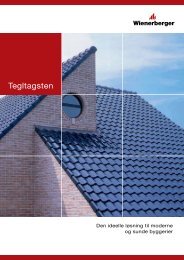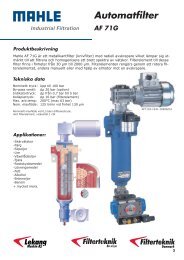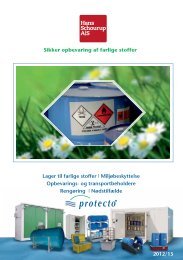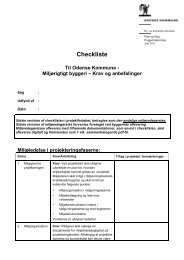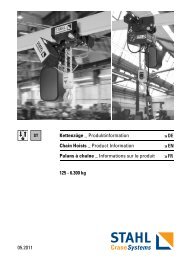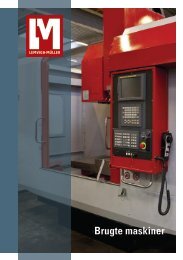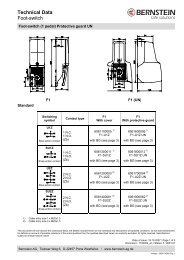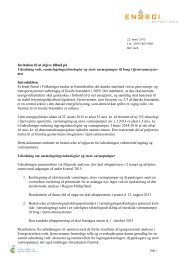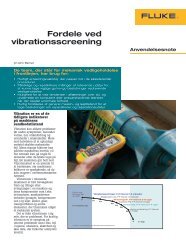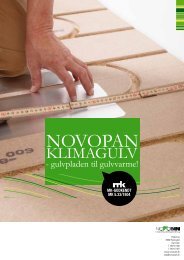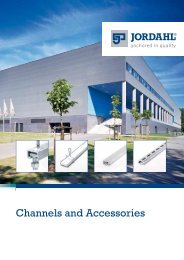Engineering plastics â The Manual - F.wood-supply.dk
Engineering plastics â The Manual - F.wood-supply.dk
Engineering plastics â The Manual - F.wood-supply.dk
You also want an ePaper? Increase the reach of your titles
YUMPU automatically turns print PDFs into web optimized ePapers that Google loves.
Compression moulding / sintering<br />
Compression moulding and sintering are used to produce<br />
stress-relieved semi-finished products and custom castings<br />
with a minimal tendency to warp. <strong>The</strong> so-called compression<br />
moulding technique is used to manufacture semi-finished<br />
products. <strong>The</strong> process uses powdered particles which<br />
are pressed at high temperature under pressure into a<br />
mould. Because of the amount of time involved and the<br />
materials used, this process is relatively labour intensive<br />
and costly. Unlike the compression moulding method, the<br />
matrix compression or direct forming technique allows the<br />
direct production of off-tool custom castings. As a special<br />
mould is required, this process is generally only profitable<br />
for a production run of around 1,000 pieces.<br />
Cast polyamide<br />
Pressureless custom casting has proved to be a particularly<br />
successful method for the production of bulky thick-walled<br />
components which are almost fully finish processed.<br />
Alongside custom casting, cast polyamide semi-finished<br />
products can also be produced using the semi-finished<br />
product casting technique in the form of plates and rods<br />
with substantially larger dimensions than when using the<br />
extrusion method.<br />
Semi-finished products and custom castings produced using<br />
this method have a lower intrinsic stress level than extruded<br />
products. Casting methods are ideally suited for<br />
small and medium-sized production volumes in a weight<br />
range of 0.5 to 900 kg.<br />
Machining<br />
Machining is the fastest, most economical way to arrive at a<br />
finished plastic component, in particular for small production<br />
runs. Using the machining technique, finished components<br />
with extremely close tolerances can be produced<br />
from engineering and high-temperature <strong>plastics</strong>. This entails<br />
the use of CNC milling machines, lathes or saws fitted<br />
with special tools for machining <strong>plastics</strong> to shape the finished<br />
parts from plastic stock shapes or pre-produced injection-moulded<br />
components.<br />
9



